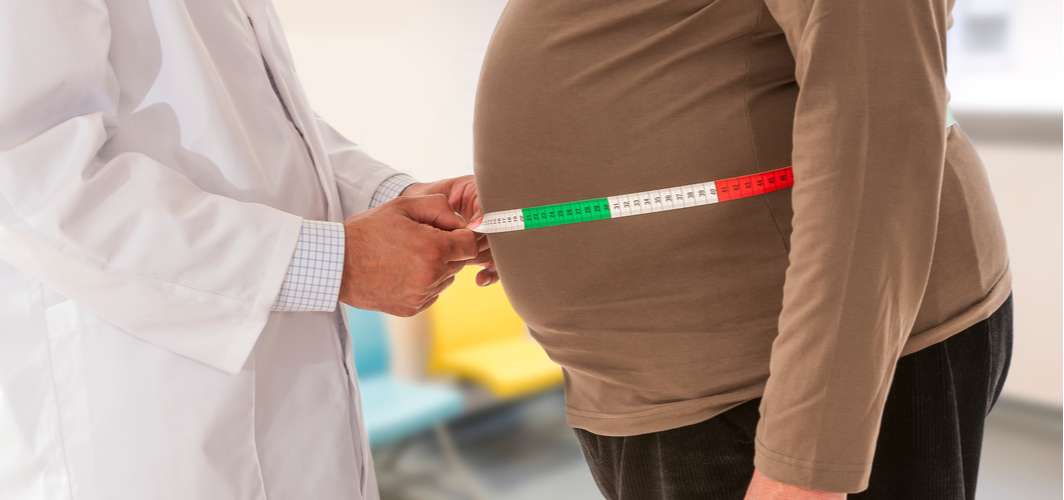Diabetes Management
Is Central Diabetes Insipidus Different Than Diabetes Mellitus?
2 min read
By Apollo 24|7, Published on - 14 December 2023, Updated on - 22 February 2024
Share this article
0
0 like

Despite sharing the term "diabetes," central diabetes insipidus (DI) and diabetes mellitus are distinct conditions with different set of causes. While both involve abnormalities in fluid balance, they arise from unrelated factors, leading to varied clinical presentations and treatment approaches.
What is Central Diabetes Insipidus?
Central diabetes insipidus is a disorder characterised by the insufficient production or secretion of vasopressin, also known as antidiuretic hormone (ADH). Vasopressin plays a crucial role in regulating water balance by influencing the reabsorption of water in the kidneys. In central DI, a disruption in the production, release, or action of vasopressin leads to excessive urine production and extreme thirst.
Unlike diabetes mellitus, central DI is not related to blood glucose levels or insulin function. Instead, it is linked to dysfunction in the hypothalamus or pituitary gland, which are responsible for producing and releasing vasopressin.
Different Pathways
Diabetes mellitus, on the other hand, comprises a group of metabolic disorders characterised by elevated blood glucose levels due to insufficient insulin production or ineffective use of insulin. The primary forms are Type 1 and Type 2 diabetes, both distinct from Central Diabetes Insipidus.
In Type 1 diabetes, the immune system mistakenly attacks and destroys insulin-producing beta cells in the pancreas, leading to a lack of insulin. In Type 2 diabetes, the body becomes resistant to the effects of insulin, and over time, the pancreas may struggle to produce enough insulin to maintain normal glucose levels.
Treatment Approaches
The management of central DI revolves around replacing the deficient vasopressin with synthetic forms of the hormone, such as desmopressin. This helps regulate water balance and reduce excessive urine production.
In contrast, diabetes mellitus is managed through lifestyle modifications, medications, and, in some cases, insulin therapy. Treatment aims to control blood glucose levels and prevent complications associated with chronic hyperglycemia.
Conclusion
While both central diabetes insipidus and diabetes mellitus involve disruptions in fluid balance, they stem from entirely different origins. Central DI is associated with vasopressin deficiency due to hypothalamic or pituitary dysfunction, whereas diabetes mellitus results from insulin-related abnormalities. Recognizing these distinctions is crucial for accurate diagnosis and effective management, underscoring the importance of tailored approaches for each condition. Advances in medical science continue to shed light on these distinct pathways, enhancing our understanding and refining treatment strategies for individuals affected by these diverse forms of diabetes.
Diabetes Management
Consult Top Diabetologists
View AllLeave Comment
Recommended for you

Diabetes Management
Celebrate Diwali While Keeping Your Blood Sugar In Control!
With these tips, you can enjoy the festival of Diwali while keeping a check on your blood sugar levels.

Diabetes Management
The Link Between Abdominal Fat and Diabetes
Excess abdominal fat, particularly visceral fat around the organs, is associated with an increased risk of developing diabetes. Visceral fat produces hormones and substances that can interfere with insulin function and lead to insulin resistance, a key factor in the development of diabetes.
.jpg?tr=q-80)
Diabetes Management
Can Apple Cider Vinegar Help Lower Blood Sugar Levels?
Curious about the role of apple cider vinegar in managing blood sugar levels? While not a cure or replacement for medications, this common kitchen product may help manage your blood glucose levels when added to a comprehensive management plan. Remember, managing diabetes effectively also means making healthier lifestyle choices and having the right support. With programmes like Apollo Super 6, you can get the help you need to effectively manage your diabetes.
Subscribe
Sign up for our free Health Library Daily Newsletter
Get doctor-approved health tips, news, and more.
Visual Stories

8 Fruits That are Incredibly Healthy for Diabetes
Tap to continue exploring
Recommended for you

Diabetes Management
Celebrate Diwali While Keeping Your Blood Sugar In Control!
With these tips, you can enjoy the festival of Diwali while keeping a check on your blood sugar levels.

Diabetes Management
The Link Between Abdominal Fat and Diabetes
Excess abdominal fat, particularly visceral fat around the organs, is associated with an increased risk of developing diabetes. Visceral fat produces hormones and substances that can interfere with insulin function and lead to insulin resistance, a key factor in the development of diabetes.
.jpg?tr=q-80)
Diabetes Management
Can Apple Cider Vinegar Help Lower Blood Sugar Levels?
Curious about the role of apple cider vinegar in managing blood sugar levels? While not a cure or replacement for medications, this common kitchen product may help manage your blood glucose levels when added to a comprehensive management plan. Remember, managing diabetes effectively also means making healthier lifestyle choices and having the right support. With programmes like Apollo Super 6, you can get the help you need to effectively manage your diabetes.


